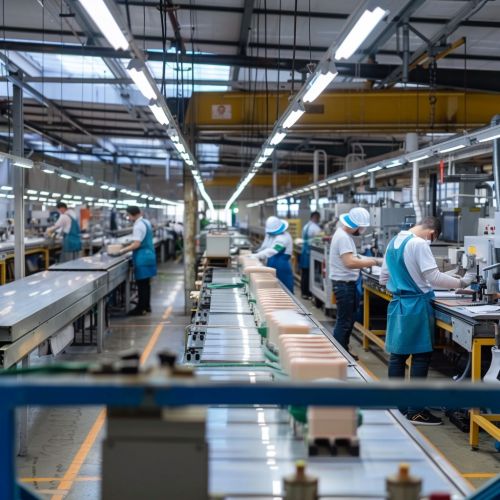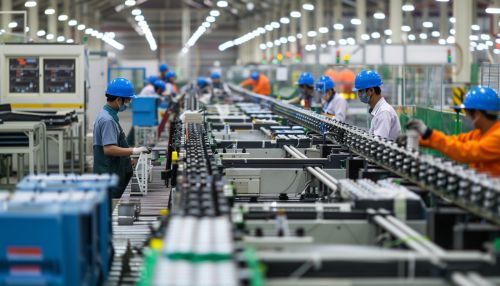Absolute Advantage
Definition and Concept
Absolute advantage refers to the ability of a country, individual, company or region to produce a good or service at a lower cost per unit than the cost at which any other entity produces that good or service. Entities with absolute advantages can produce a product or service using a smaller number of inputs or a more efficient process, thereby generating larger margins. They're also able to produce a greater volume of goods or services, which leads to larger economies of scale and lower costs per unit.
Historical Background
The concept of absolute advantage was first introduced by the economist Adam Smith in his book "The Wealth of Nations" in 1776. Smith used the concept to argue against mercantilism, the economic theory that trade generates wealth and is stimulated by the accumulation of profitable balances. Smith argued that trade between countries shouldn't be regulated or restricted by government policy or intervention. He stated that trade should flow naturally according to market forces. In an open market, each country would specialize in producing goods that it has an absolute advantage in.
Understanding Absolute Advantage
Absolute advantage is determined by a simple comparison of labor productivities (output per hour of work). If a country can produce a good at a lower cost than another country, the country has an absolute advantage in producing that good. The concept can be applied to more than just goods and services. For example, if a business needs a specific job done, and one employee can complete the task more efficiently than others, then that employee has an absolute advantage.


Absolute Advantage vs Comparative Advantage
While absolute advantage refers to the inherent productivity of a given entity, comparative advantage is a principle developed by David Ricardo that describes the benefits that can be gained through trade. Ricardo's theory states that even if a country has an absolute advantage in producing two goods (it can produce them more efficiently than any other country), it can still benefit from trade by exporting the good in which it has a comparative advantage (the good it produces most efficiently relative to other goods).
Calculation of Absolute Advantage
The calculation of absolute advantage is quite straightforward. If Country A can produce a good with less resources or inputs than Country B, then Country A has an absolute advantage in the production of that good. The same principle applies to individuals or companies.
Examples of Absolute Advantage
One of the most common examples of absolute advantage is Saudi Arabia’s oil production. The country has abundant oil reserves, making it cheaper and more efficient to extract oil in Saudi Arabia than in many other countries. Therefore, Saudi Arabia has an absolute advantage in oil production.
Another example can be found in the production of wine. France has a long history of wine production and has developed more efficient methods for producing wine, as well as a favorable climate and soil for grape growing. Therefore, France has an absolute advantage in wine production.
Limitations of Absolute Advantage
While absolute advantage is a useful concept, it has several limitations. First, it does not consider the opportunity cost of production. Second, it assumes that the productivity of labor, the most important factor of production, is constant. Third, it does not consider the potential benefits of trade. Fourth, it assumes that there are no transportation costs. Finally, it assumes that resources are perfectly mobile between different goods.
